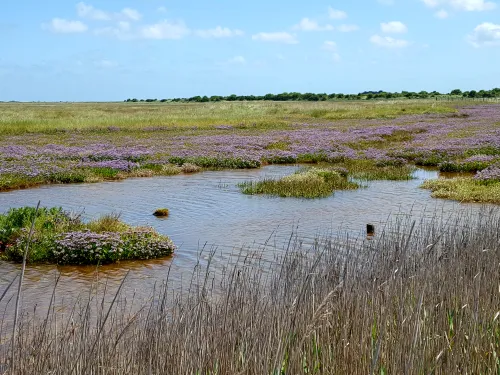
What my Kent Wildlife Trust membership means to me
Teacher, campaigner, and member Kerry Sabin-Dawson talks all about her membership journey in this blog.


Teacher, campaigner, and member Kerry Sabin-Dawson talks all about her membership journey in this blog.

Natasha Ruskin explores something terrifying: a world without woodlands.

Ever wondered how planting trees or restoring soil can help fight climate change? Carbon sequestration is nature’s quiet housekeeping - learn more in this blog.